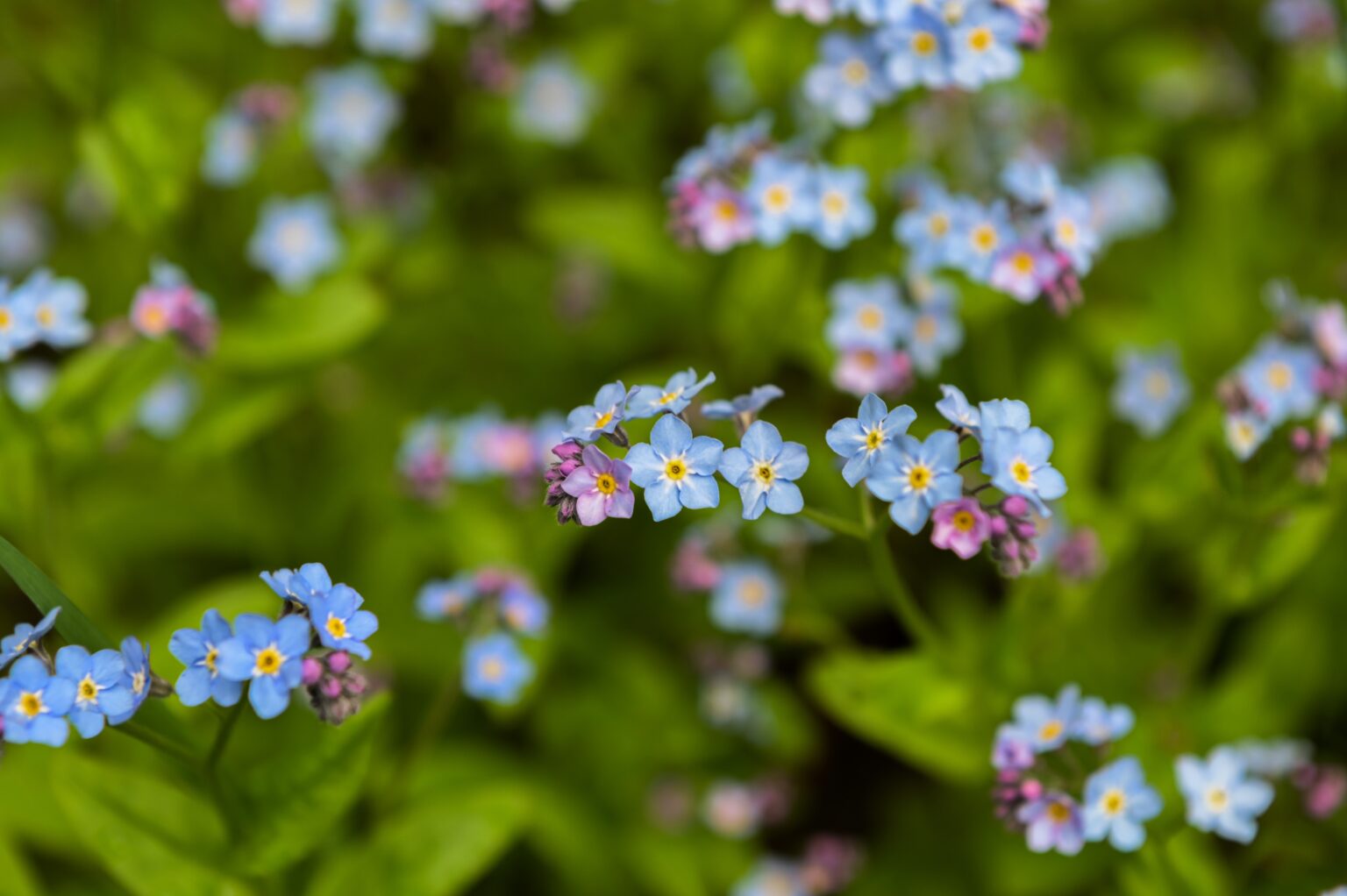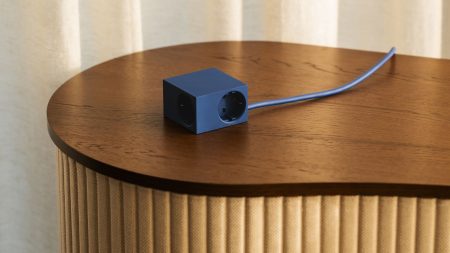As a gardener, you are likely familiar with annual and perennial plants. However, biennials may be less commonly known, despite their unique characteristics. Biennials have a two-year lifespan, with the first year dedicated to root, stem, and foliage growth, and the second year for blooming, seed production, and eventual death.
Although the purpose of choosing biennials over other plant types may not be immediately apparent, understanding their benefits and common examples can expand your gardening knowledge. Let’s explore the advantages of biennial plants and provide some examples that you may not have realized were biennials.
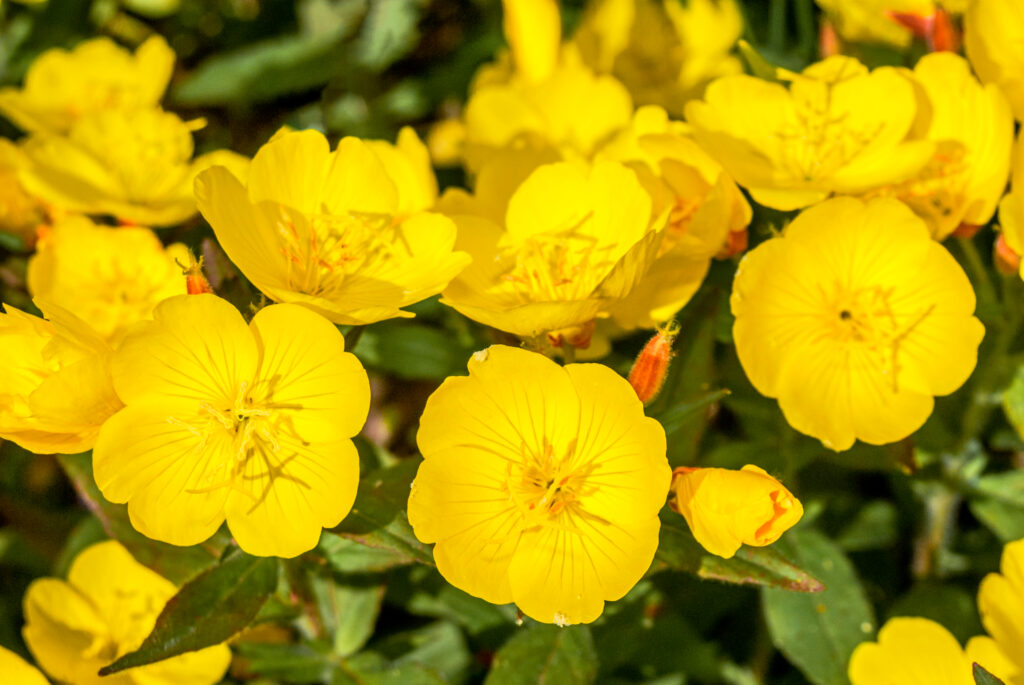
Benefits of Biennial Plants
While annuals and perennials are popular choices for gardens, biennial plants offer unique benefits that make them a great addition to any garden. Here are some reasons why you should consider adding biennial plants to your garden:
Unique Growth Pattern
Biennial plants have a unique growth pattern that can add interest to your garden. While they won’t bloom in the first year, you’ll still be able to enjoy the greenery. In the second year, the flowers will bloom and add a burst of color to your garden. This growth pattern can add a sense of anticipation and excitement to your garden as you wait for the flowers to bloom.
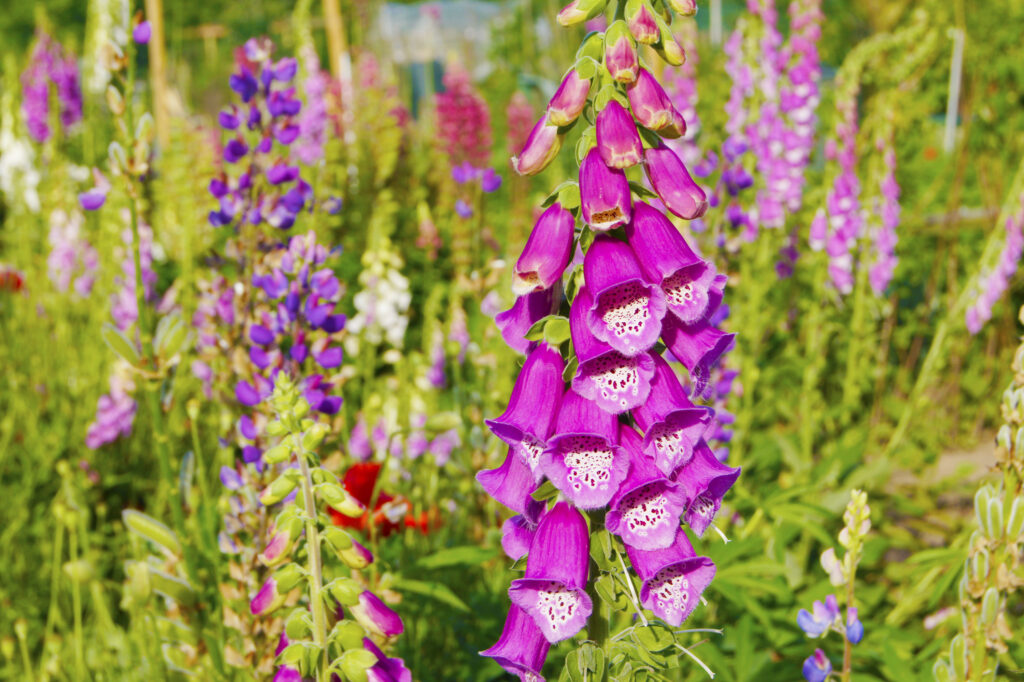
Tolerate Cold Weather
Biennial plants tend to tolerate the cold better than annuals, so you can enjoy the plant for longer. This makes them a great choice for colder climates where annuals may not survive the winter.
Self-Sowing Properties
Biennial plants have self-sowing properties, which means that you may not need to replant certain flowers. The seeds they leave behind may sprout new plants in the following years, without any extra work on your part. This can save you time and money in the long run.
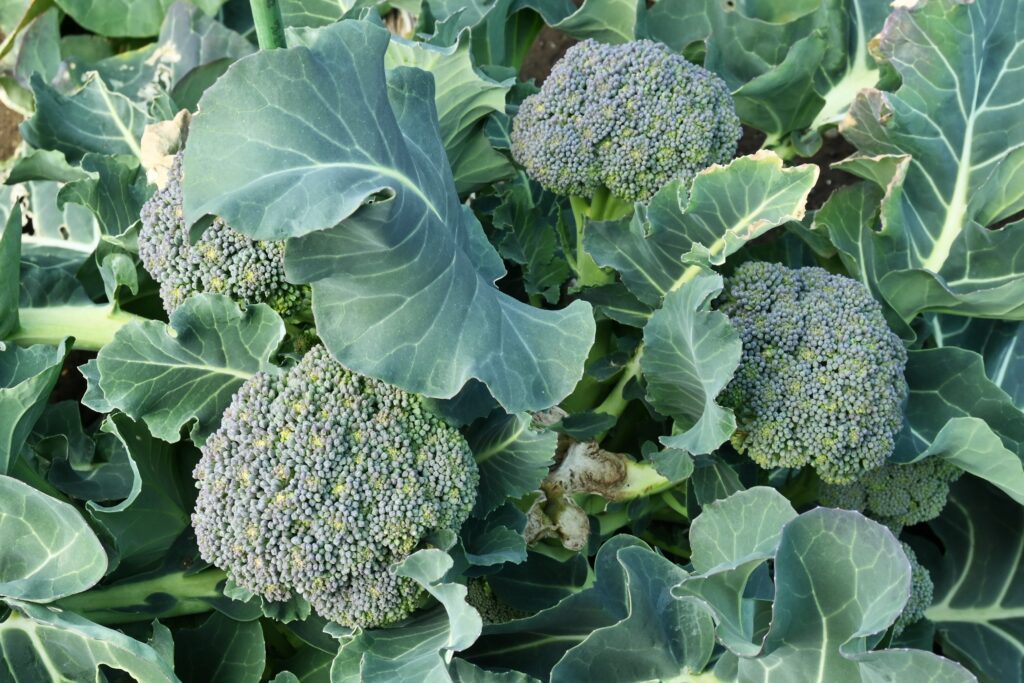
Biennial Vegetables
Biennial vegetables can be harvested in the first year and usually aren’t edible in the second year. However, they can still attract pollinators and produce seeds, making them beneficial to keep around. This can also save you money on buying new seeds or plants every year.
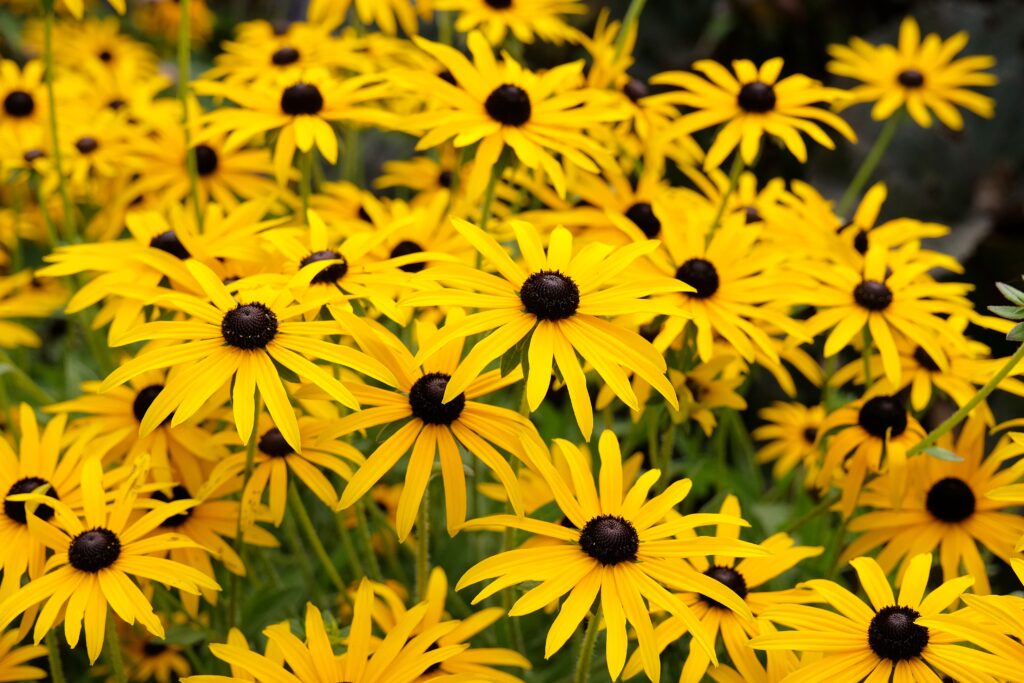
Examples of Biennial Plants
Here are some common biennial plants that you may not have realized are actually vegetables or flowers:
- Parsley
- Broccoli
- Beets
- Carrots
- Onion
- Foxglove
- Sweet William
- Evening Primrose
- Black-Eyed Susan
- Hollyhock
- Forget-Me-Not
- Money plant
These plants require two years to complete their life cycle, from seed to flower or vegetable production. During the first year, they grow leaves and store energy in their roots. In the second year, they use that stored energy to produce flowers or vegetables and then die.


